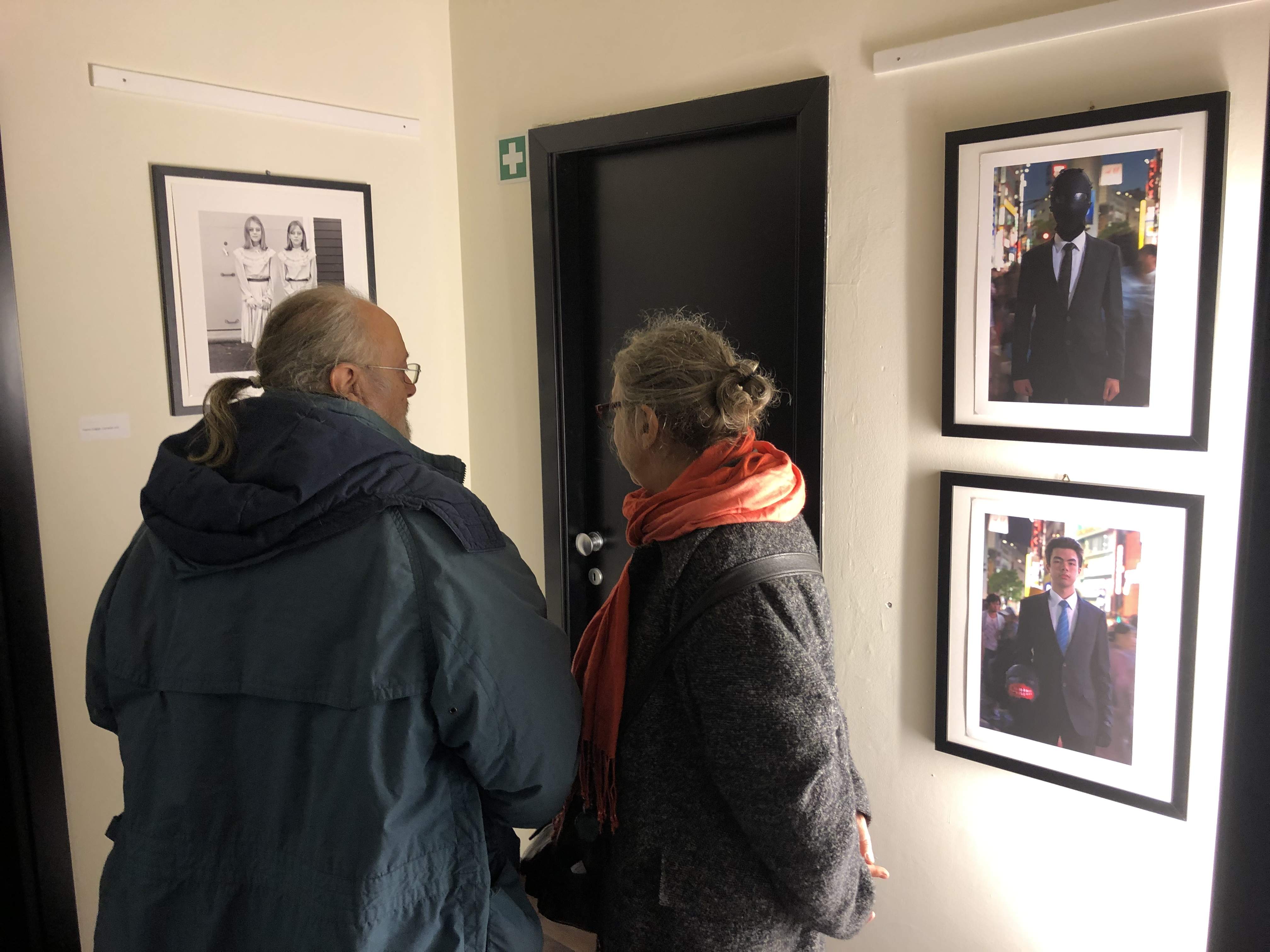Kimiko Yoshida, Retrospective 2000-2010, DVD
Still early in her career, Yoshida has carved a niche for herself in the self-portraiture genre. Marrying aesthetics from East and West - Zen minimalism and baroque profusion - Yoshida’s art lies between the figurative and the abstract, with a metaphysical edge. It aspires to poetry. It awakens the spirit, courts transformation, opens to epiphany. Her stance as an artist is both humanist and feminist, yet conceptually apart from the reigning visual culture that associates women with anomie, detachment, emotional confusion, or duress. She celebrates the timeless beauty, powerful presence, and lineage of women in the grand scheme of Being, not in relation to ego.
With Intangible Brides, Yoshida established her signature style, marrying the subtraction and minimalism of Japanese art and Zen with the seductive profusion of baroque art. Using a Hasselblad 6×6 and shooting film (and recently, shooting digitally on occasion), she works in a square format, the symbol of stability in Zen. Backgrounds are monochromatic, matching colors in the costuming, makeup, and objects in the image.
The other aspect to Yoshida’s whereabouts relates to the hundreds of photographs she has created over the past ten years. In these, as in works by Cindy Sherman and a number of others known for self-portraiture, the photographer disappears beneath elaborate costuming, body paint, and artifacts, transforming herself into a range of women. From The Phoenix Bride, China to The Blue Kenya Bride to The Beijing Opera Bride, Yoshida’s vivid ensemble blends countless cultures, rituals, and mythologies to summon timeless female beauty - goddess to warrior to pop culture icon.
Like a mannequin, Yoshida provides the form of the bride who emerges. Sometimes it is only the smallest visible facial feature or nuance that gives the bride life. In Tamates Bride, Vanuatu, the mouth with geisha-red lip paint establishes the human, which is otherwise nearly obscured by the insect-like headdress. And some Brides might even appear to be male, such as Torero (Remembering Picasso) and The Bride King of Vicus.
As subject matter for the fifteen self-portraits in Paintings, Yoshida turned to the masters Rembrandt, Picasso, Gauguin, Delacroix and others. While maintaining the formal solemnity of all her self-portraits, she introduces a playful twist in costuming, abandoning authenticity in favor of a technique known as bricolage. Bricolage in general refers to using materials at hand or importing objects from one culture to another and changing their meaning. The layers of meaning are amplified by the substitution of an unexpected object for the one that would ordinarily appear.
Maryann Lynch















































































